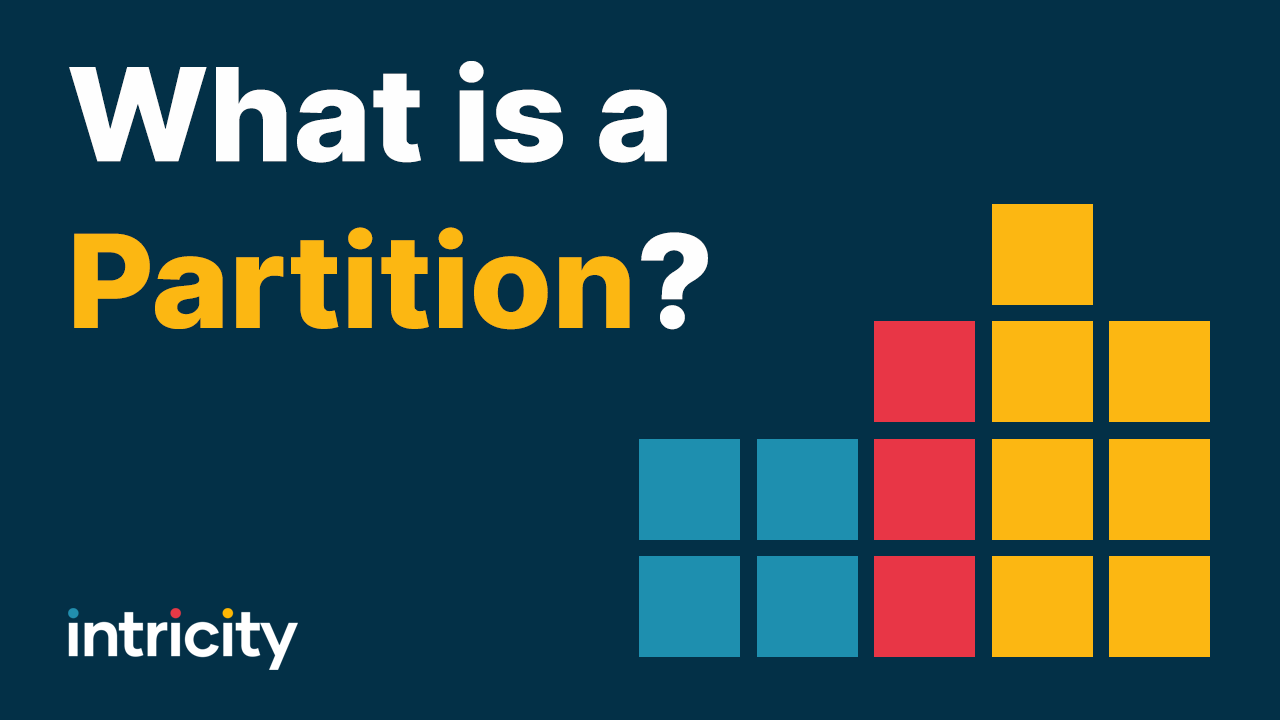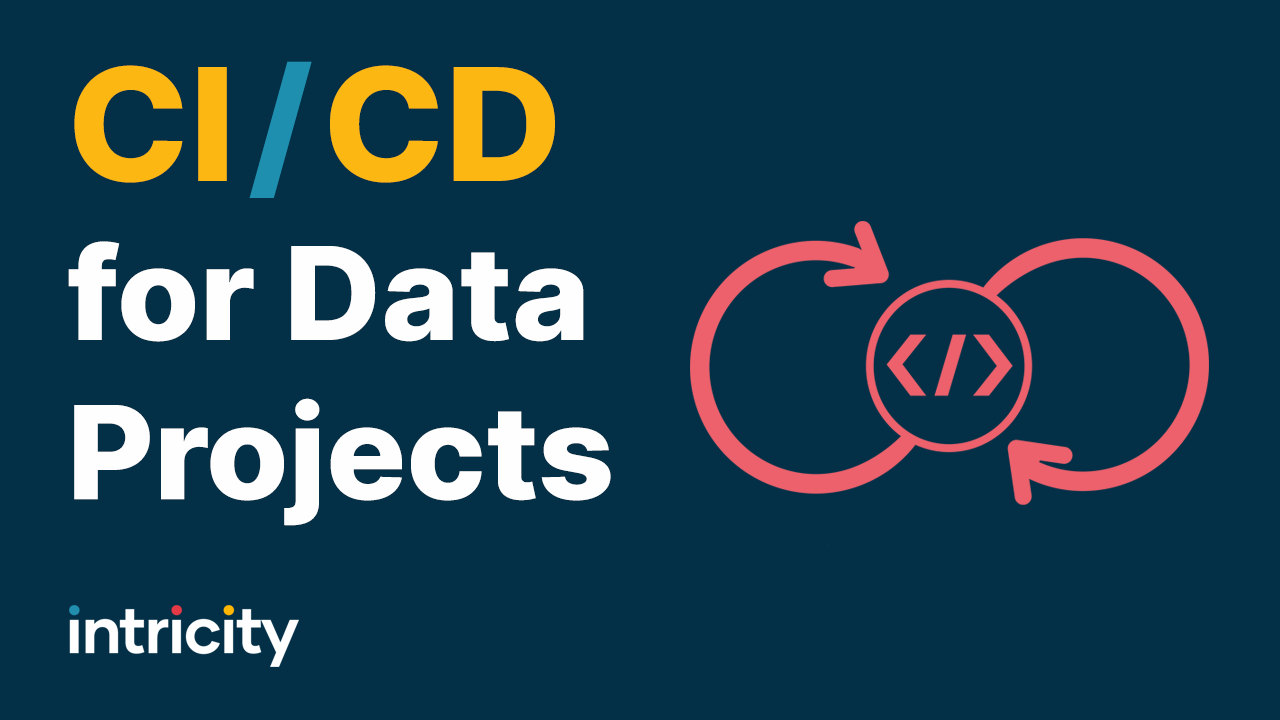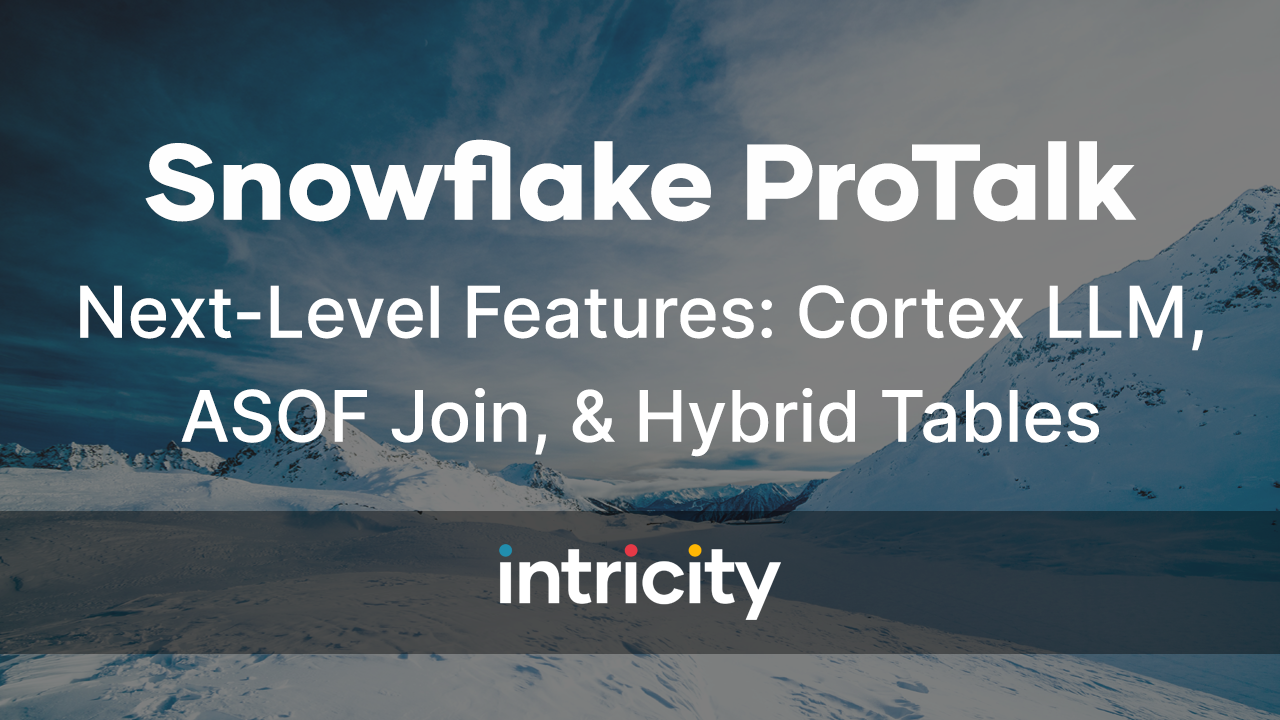Liquidity in the financial services industry represents turning investments into cash. There are, however, investments that have serious barriers to becoming cash. Take for example a commercial skyscraper in Manhattan. The number of buyers that can afford skyscrapers is not high so the ability to liquidate an asset like that takes serious time and money.
I want to borrow this term to talk about the logical assets that your organization has embarked on. To name a few, these are assets like merge statements, mappings, stored procedures, data transformation jobs, and the litany of calculations your organization has. All these assets are in place to take data and turn it into something usable for downstream applications and decision makers. However, if those assets have been in use for many years, they’re likely sitting on old on premise solution architectures. So how does an organization divest itself from these old architectures in favor of more agile cloud solutions when the code is built for a legacy platform? Or in other words, how can we solve the code liquidity problem?
In the early years of using cloud as a data center, the sales pitch was an attempt to convince corporations to ditch their privat
e data center leases into renting AWS’s data center. This was doable, but not really a game changing money saver as some people initially thought. The real revelation on how cloud could change the world was in using it as a pay-as-you-go compute service. After all, this is what the cloud was supposed to address in the first place. But this is where the code liquidity problem peaks its head in. The code that was designed for static on-premise systems just doesn’t work with a multi-tenant pay-as-you-go compute model. Data warehousing solutions, like Snowflake, that took advantage of this ability to provision compute on demand became market leaders seemingly overnight. They were outpacing their competition in ways that many couldn’t even dream of, simply because the very foundations of the legacy environments were suddenly so comparatively weak. However, as organizations sought to move their old data processing environments to the Snowflake they were suddenly hit with a realization that the old code couldn’t come as is. 2019 was the marquis year for this realization, as automation solutions seemed to emerge out of the woodwork, some robust, some vaporware. In either case, the oversimplification of code conversion was often a little too overstated.
For the full white paper, click here: The Code Liquidity Problem - Whitepaper
For the associated INTRICITY101 video, click here: youtube.com/intricity101


